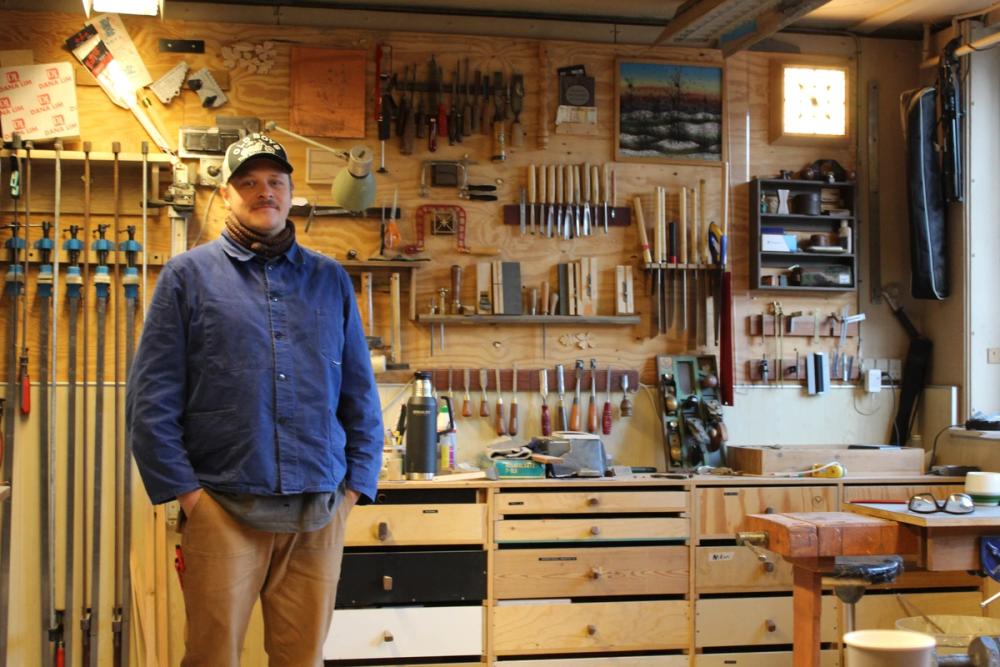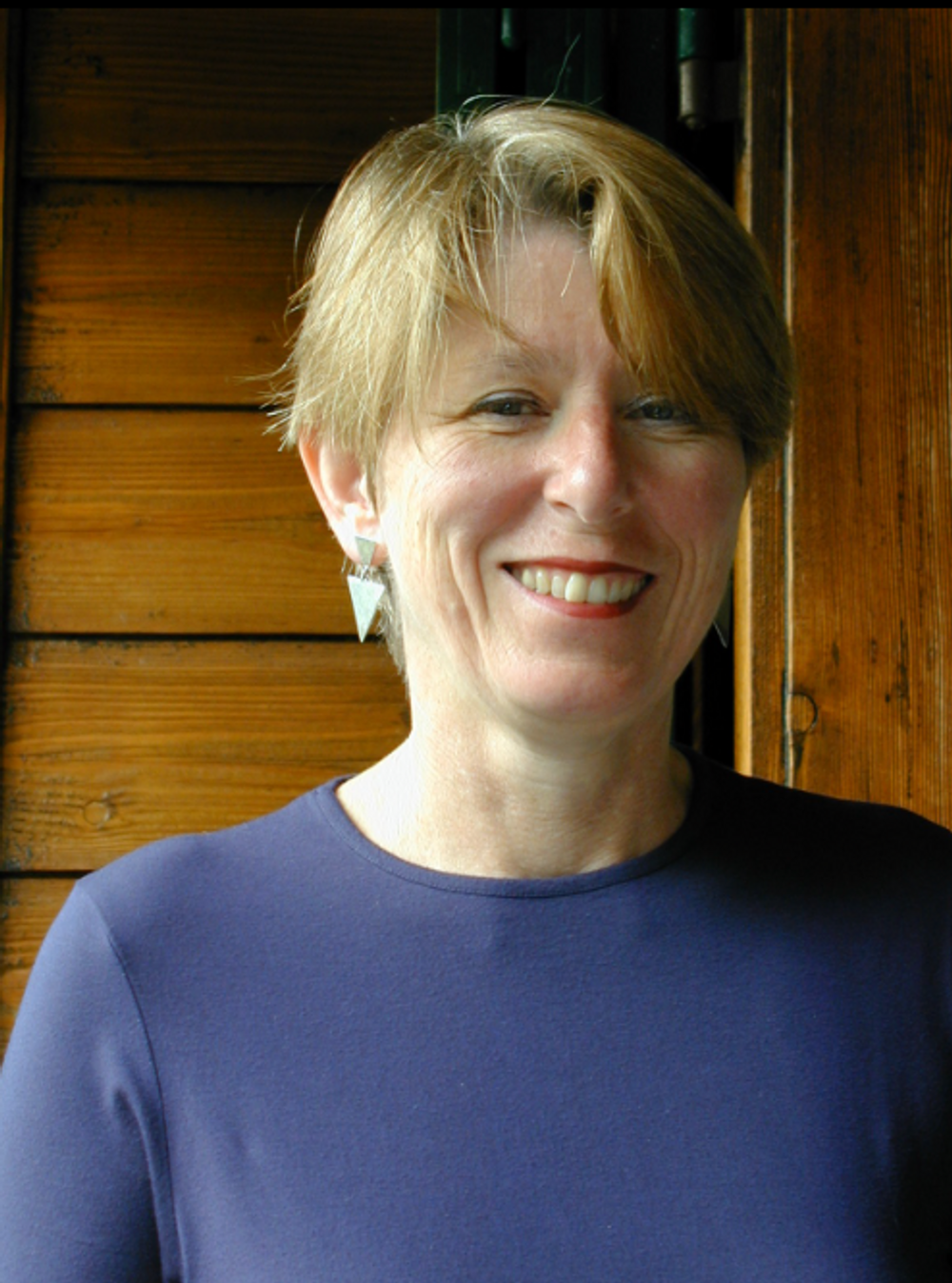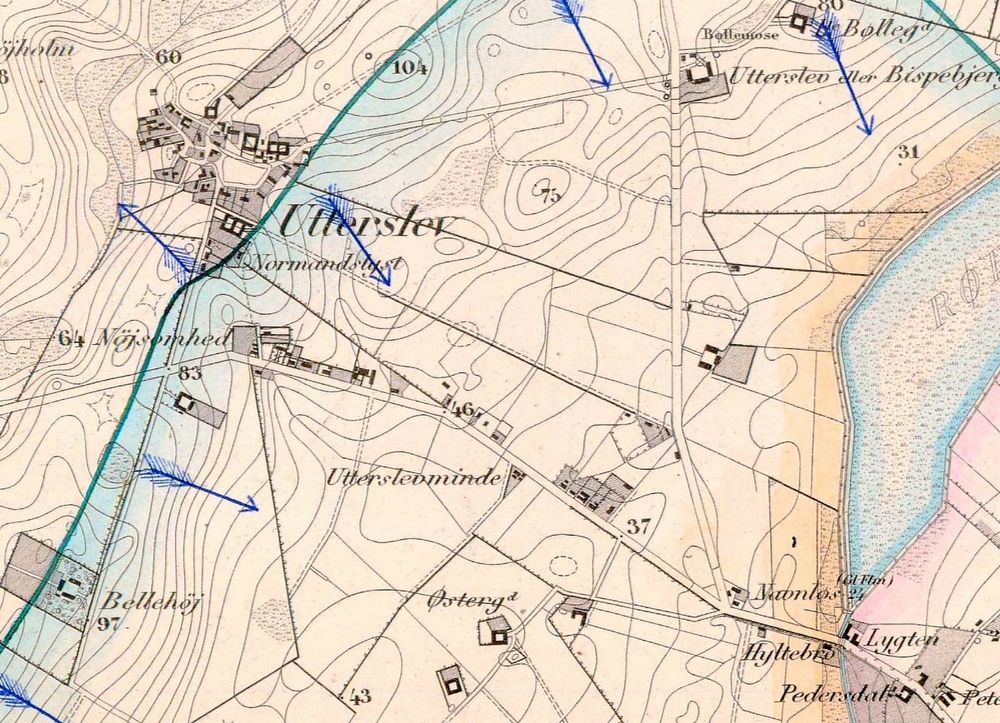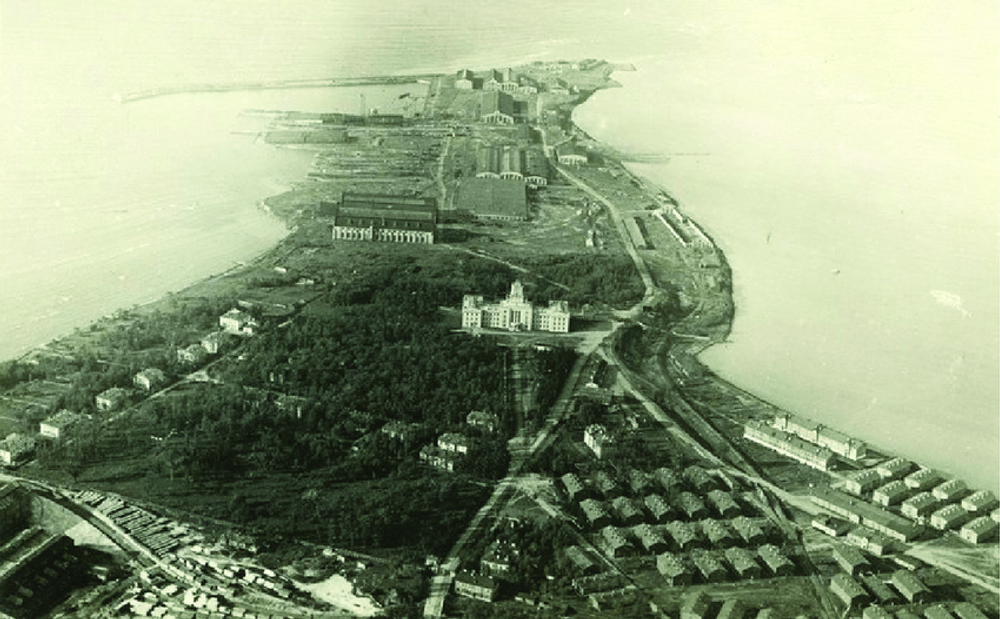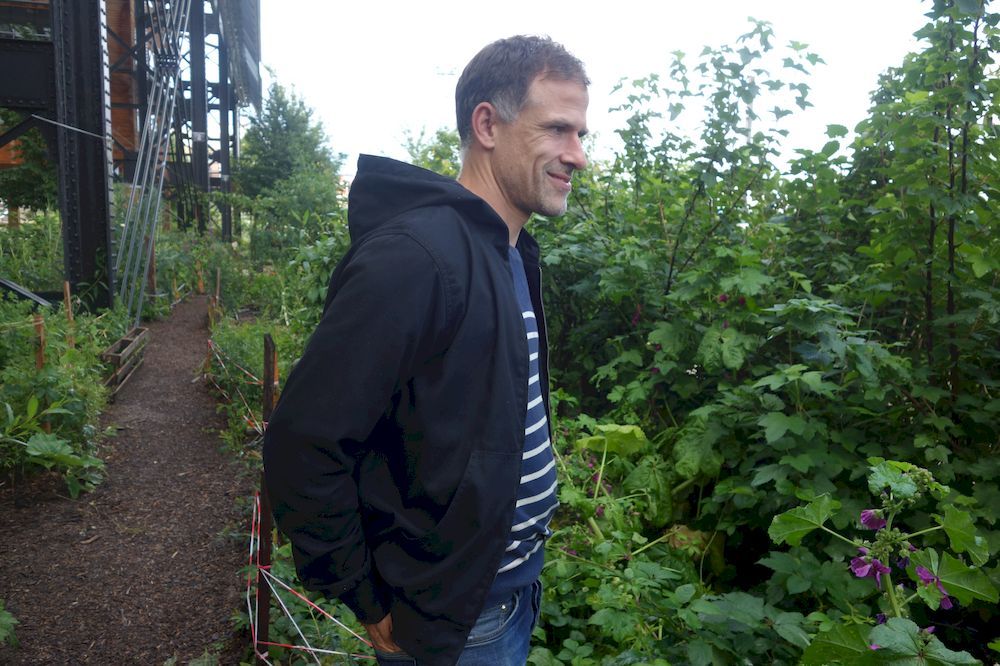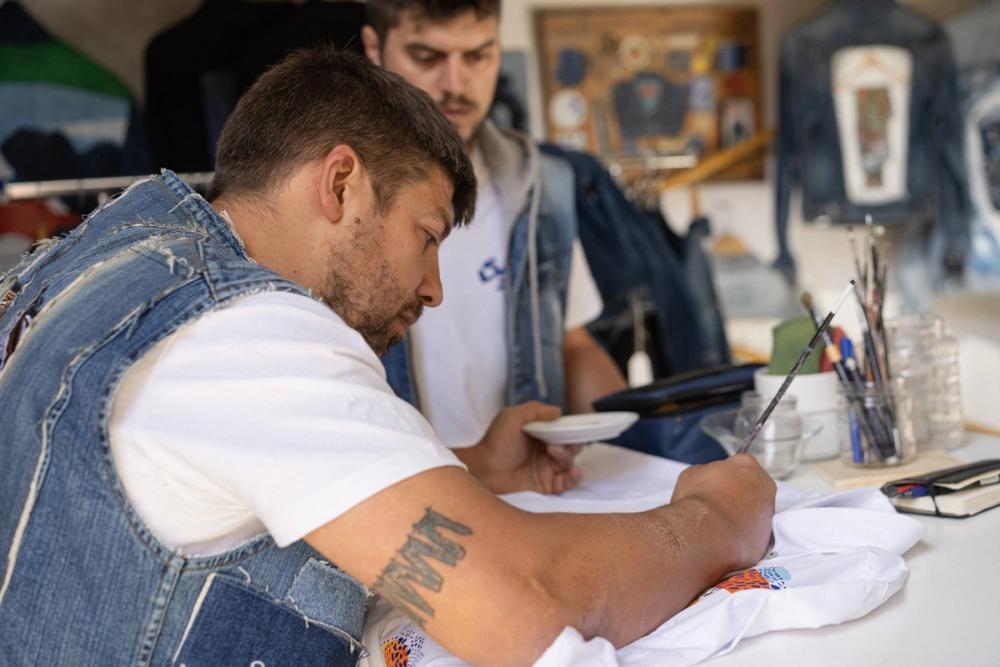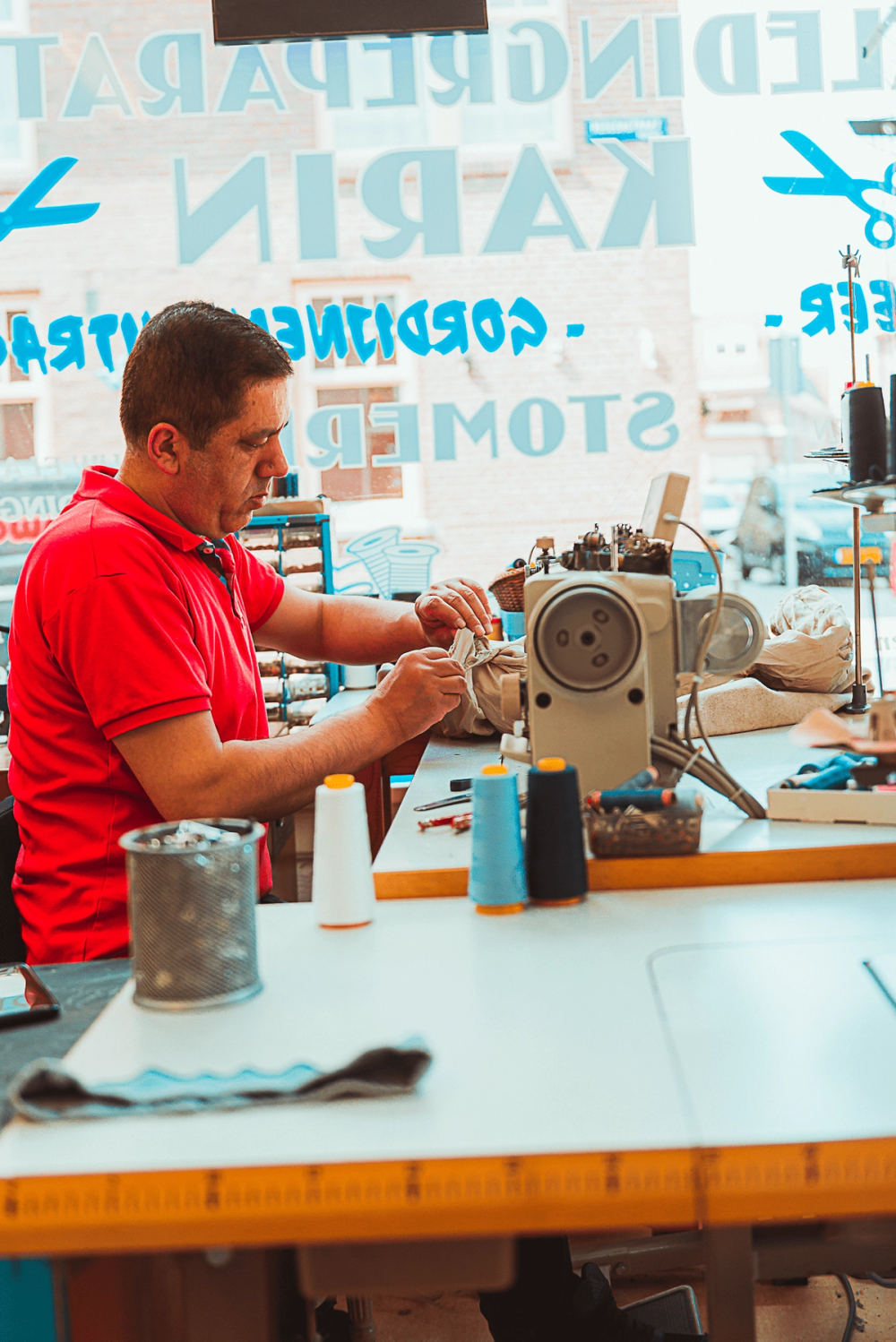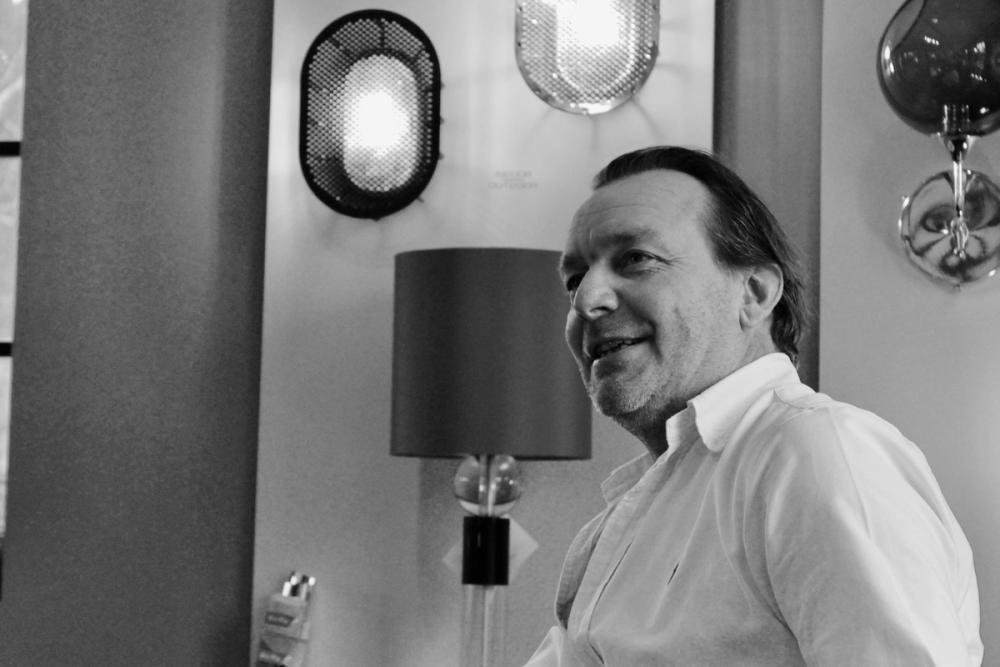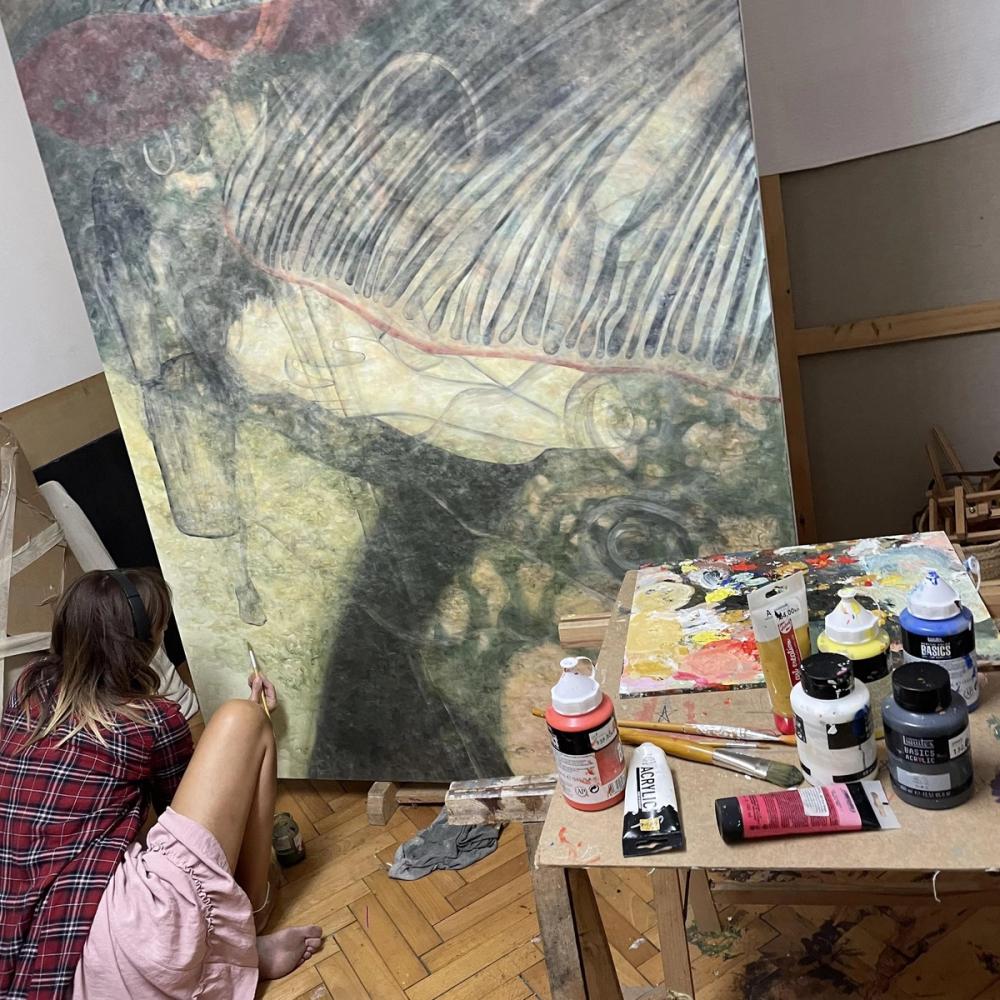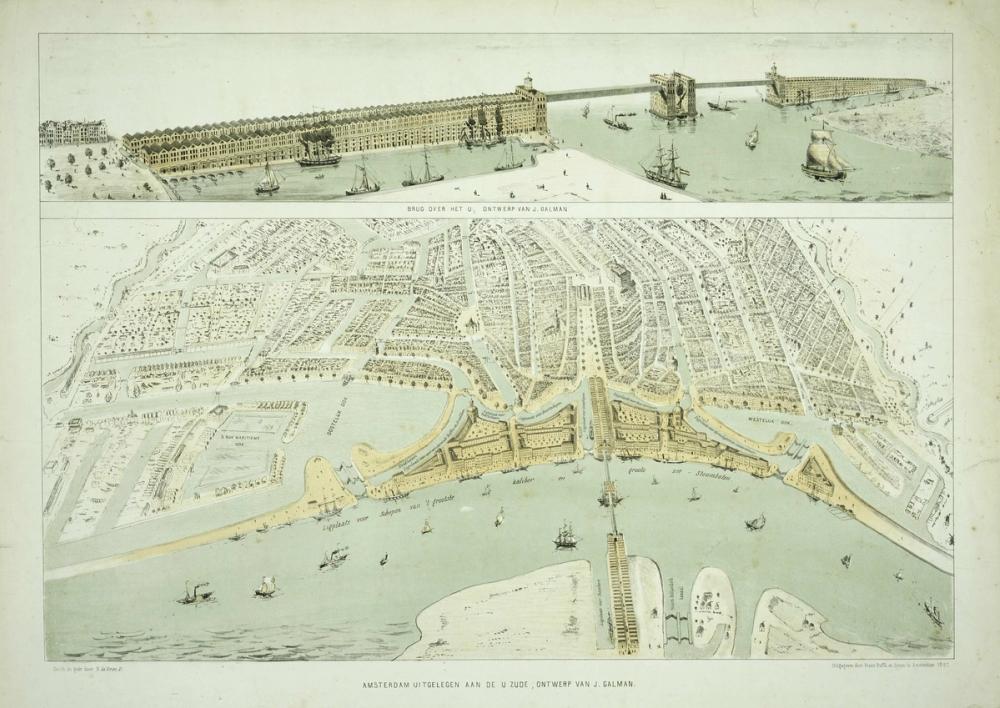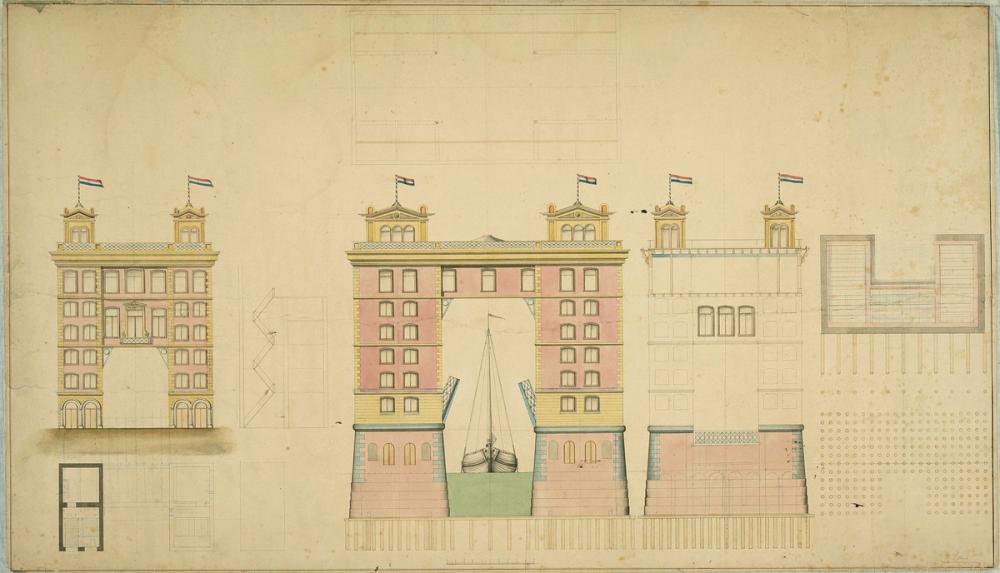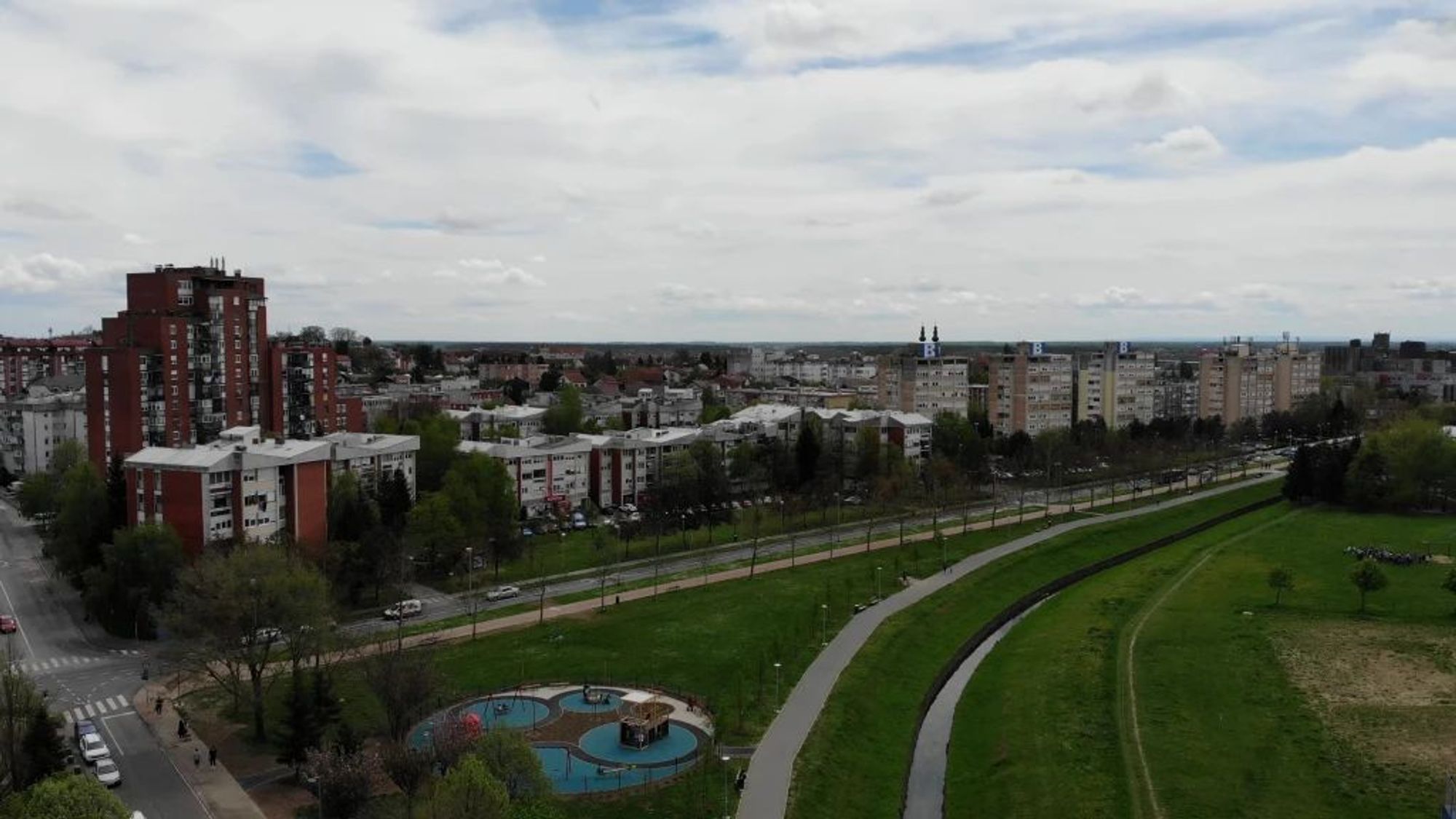There has been talk of a fixed bank connection across the IJ, in the form of a bridge that would link Amsterdam North with the rest of Amsterdam, for almost 200 years. The ferry connection that still exists today as the main connection to Amsterdam Noord for slow traffic has been around since at least 1308; however, with the increased popularity of the North district and the large number of houses being built there, the ferries are starting to become overcrowded. And the need for a fixed bank connection is growing. As of today the municipality has plans for two cycling bridges on the west and east side of the IJ, and one pedestrian tunnel from the central station to Buikslotermeer. But the plans for funding are not finalized yet.
The oldest known plan for a bridge across the IJ dates from 1839. Mr Jan Galman (1807-1891) came up with a variety of plans for a bridge - one plan was for a bridge with houses on either side, similar to the Ponte Vecchio in Florence. Another of Galman's plans was a bridge in the style of the Tower Bridge in London. None of his plans were implemented, as the bridges would hinder shipping traffic too much and the need for a bridge was not urgent enough. In 1957, the first, and so far only, bridge across the IJ was opened, the Schellingwouderbrug. The bridge connects Zeeburgereiland with Schellingwoude, Amsterdam North. In the same year, the Amsterdamsebrug was also opened, connecting Zeeburgereiland with the rest of Amsterdam. These bridges are as much as 3 kilometres away from the centre of Amsterdam Noord and the centre of Amsterdam. In the 1960s, the IJtunnel and the Coen-tunnel were built, two tunnels for motorized traffic under the IJ. Amsterdam Noord was thus connected to the rest of the city; however, if you want to go by foot or by bike, the best way to cross the IJ is by ferry.
There has been much discussion about another possible bridge for years, not just in the municipality, who have yet to build a bridge, but also within Amsterdam Noord where there are both proponents and opponents. By many, Amsterdam Noord is seen as the deprived child of Amsterdam. The lack of a fixed connection for pedestrians and cyclists may have contributed to this. Because the district was difficult to reach, people preferred not to live there and many institutions did not want to settle there. This has only changed in recent years. Because Noord was always more of a village in itself, due to the lack of a fixed connection to the rest of Amsterdam, many original, old inhabitants of Noord are also against such a fixed connection. After all, Noord never really belonged to the city either. They are also concerned that a bridge might only make it more crowded, flooding the area with “yuppie-like figures”, as one man put it. The ferries are also very loved and for some offer opportunity for a moment of peace. Most people want more ferries and a pedestrian tunnel instead of a bridge.
Bas Kok writes about the lack of a bridge in his book Oerknal aan het IJ - een geschiedenis van Amsterdam bezien vanuit Noord. Bas Kok is an advocate of a bridge across the IJ, because ferries simply cannot carry enough people; nor is there any city in the world that does not have a bridge over the river that runs right through it. He argues in his book that Noord is seen as the deprived child of Amsterdam and that not having a bridge is the prime example of that. In his book, he explains how during the first plans for a bridge to Noord, Noord was too unpopulated and a bridge would therefore be too expensive and not necessary. At the end of the nineteenth century, Noord was a large port and industrial area and later working-class neighbourhoods were built. At that time, there was a lack of political will for a fixed bank connection. This lack of political will continues to to the present day and it is unclear if a bridge will be built in the future. The maritime lobby is strong in Amsterdam and have lobbied against the building of a bridge as barges and cruise ships would be hindered by a bridge. In march of 2023 the municpality of Amsterdam has set 100 million euro's aside for the bridge. This is not enough but it is a good start.
what the archive is about
The Living Archive explores the potential of (post)industrial heritage to transform production in our cities. We collect stories with participatory heritage methods. The nodes for the local collection efforts are Fab City Hubs (FCH). The collection has been carefully assembled by FCH teams who have been learning about, co-creating and applying participatory heritage-making approaches, emotion networking methodology, oral history principles and creative perspective-taking. Select tags and categories to filter stories in the archive below. Explore their connections in the network graph.










